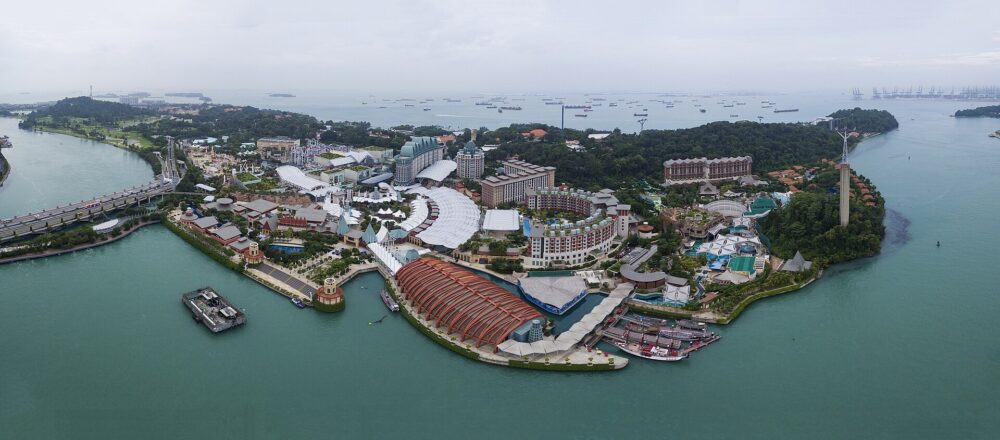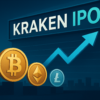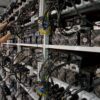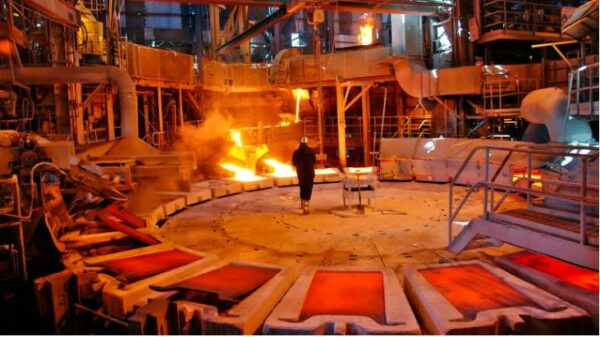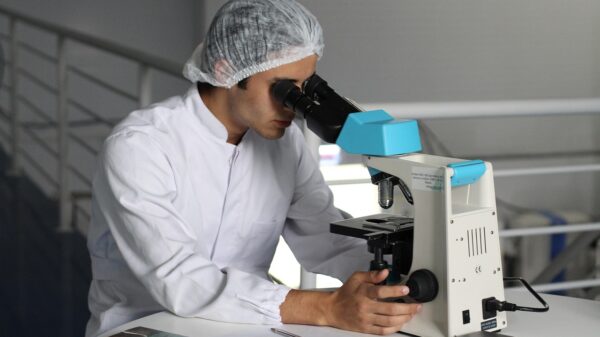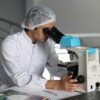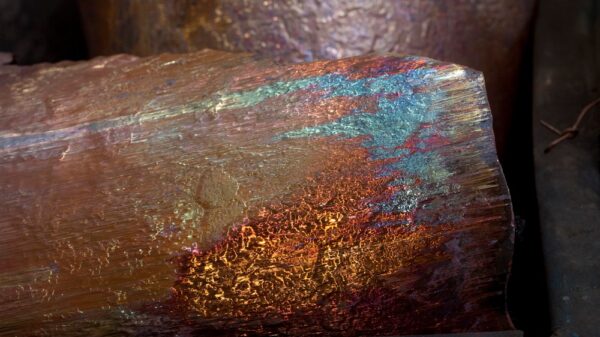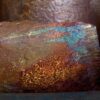Biotechnology firm, BPH Global (ASX: BP8) has come up with a way to extract latent and gold copper concentrations from seaweed.
Announced on Friday, this is part of an ongoing research program to potentially extract both precious and base metals from seawater. The firm’s hypothesis is that seaweed is capable of absorbing higher mineral concentrations from polluted waters, acting as a sponge for these metals.
Temasek Innovation Holdings (TPIH) in Singapore collaborated with Gaia Mariculture to conduct the latest assays. The two companies found gold concentrations of up to 14.85 milligrams per kilogram (mg/kg) and copper concentrations of up to 10.88 mg/kg in seaweed cultivated in clean, filtered seawater from the island of Sentosa.
BPH Global conducted Phase 1 of its research by cultivating Sesuvium portulacastrum seaweed in a controlled laboratory environment using water free from industrial or urban pollution. Initial assays confirmed significant levels of silver and cobalt, leading researchers to conduct additional tests for gold and copper.
“The presence of gold and copper, in addition to the previously identified cobalt and silver, marks another exciting milestone in our research,” said Matthew Leonard, managing director of BPH.
“These results further support our view that seaweed has the potential to act like a sponge for base and precious metals in seawater. We look forward to investigating this further in Phase 2 of the R&D programme.”
Building on these findings, researchers will shift Phase 2 to brackish, polluted waters in Johor, Malaysia. They will do this to determine whether mineral absorption increases in less pristine conditions.
Read more: Calibre Mining beats updated gold production guidance with 242,487 ounces
Read more: Calibre Mining’s mineral resource estimate in Talavera gives reasons for optimism
Several researchers exploring new extraction methods
BPH Global joins a growing number of companies investigating seaweed’s potential for mineral extraction. Blue Evolution is a California-based regenerative ocean farming company that merged with Blu3 last year. It is developing seaweed farms to extract critical minerals. These include rare earth elements, which the US government recognizes as strategic resources.
Beyond BPH, several companies and researchers are exploring innovative methods to extract metals from unconventional sources.
Phytomining uses hyperaccumulator plants, such as Alyssum murale also called yellowtuft, to absorb metals like nickel and zinc from soil. Once harvested, the plants are processed to extract valuable minerals, offering a sustainable alternative to traditional mining.
Meanwhile, scientists at the University of Edinburgh are using bacteria to recover rare metals from old batteries and e-waste. This could have an added benefit of reducing reliance on virgin mining.
Furthermore, ElectraLith is developing a direct lithium extraction and refining (DLE-R) process using electrodialysis. This can be used to extract lithium from brines without water-intensive methods, increasing domestic production.
AI-driven mineral discovery is also gaining traction. Earth AI is identifying significant palladium, platinum, and nickel deposits in Australia, reducing exploration costs and improving efficiency.
Also, Rio Tinto’s Centre for Future Materials at Imperial College London is investigating sustainable copper extraction methods using bacteria, viruses, and geothermal brines to meet rising demand with minimal environmental impact.
.

